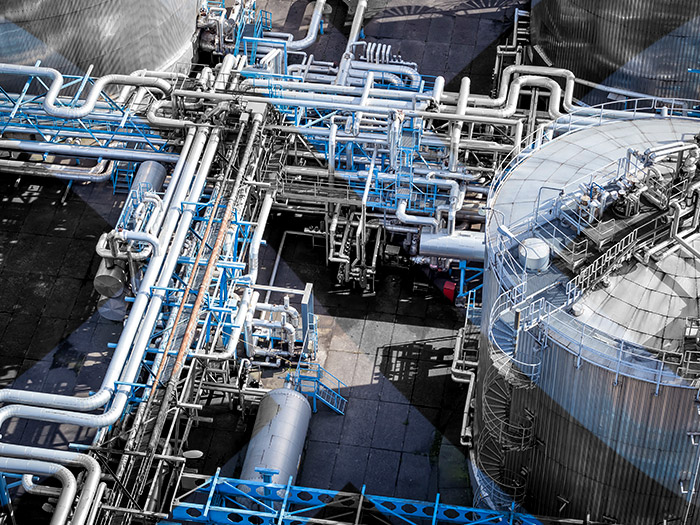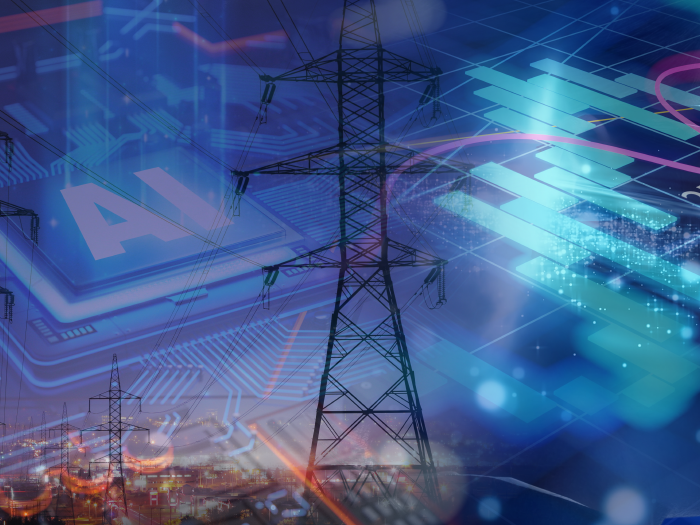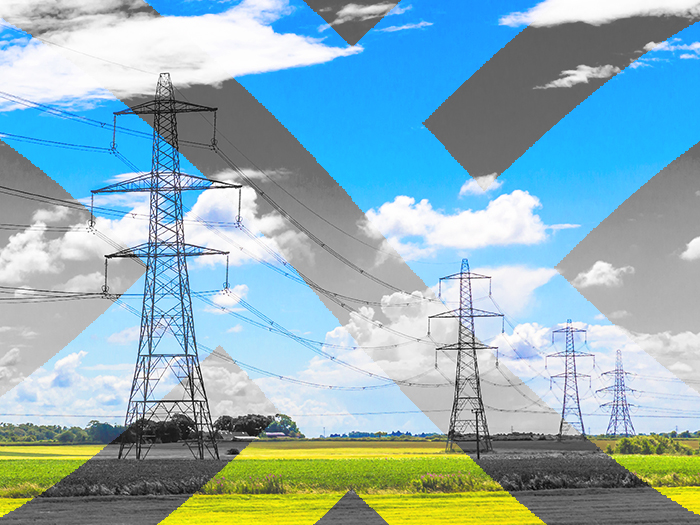News
better business decisions
Posted 6 years ago | 4 minute read

Demand Side Response: A no-risk reward?
The benefits of Demand Side Response (DSR) are becoming more widely known among large-scale industrial and commercial consumers of electricity. Put succinctly, participating in DSR enables you to assist the National Grid in keeping the country’s power supply balanced, and, as a result, your business generates additional revenue and makes savings on its energy costs.
By now, though, you may be wondering: “Surely there is some level of risk involved in DSR?”
Ultimately, your organisation is going to be investing one way or another in the resource, the equipment, and the control kit needed to make your facility capable of DSR participation – and that is before you start to reap any of the benefits – so we understand that you need reassurance.
The truth is that DSR is extremely low-risk, rather than no-risk. There are potential risks involved, but you will be protected against those if you work with a strategic and engineering-led DSR provider (or ‘aggregator’), making your participation a smooth experience.
Winning DSR contracts
When your business participates in DSR, your provider’s job is to win contracts on your behalf within the different energy markets (services) that you are signed up to (e.g. the capacity market and firm frequency response).
Of course, in order for you to win these contracts and actually participate in DSR, your pricing needs to be competitive and low enough for each market’s going rate. If you are priced too highly – for example, if you need to charge a higher rate in order to make any ROI on your initial investment in DSR equipment and software – your DSR provider won’t be able to win any contracts for you.
That scenario is symptomatic of a poor provider: it is their job to assess your facility’s DSR eligibility and suitability in the first place, before any equipment or software is installed, and they should only recommend installing the DSR technologies that are suitable for your setup. This should mean that you’re always in a position to be competitive.
That is the main risk of DSR.
Impact on day-to-day operations
Your DSR participation is supposed to happen without you even noticing it, working around your day-to-day operations rather than interrupting them. Your provider should be identifying opportunities for you to supply power to the grid at times that are convenient for you.
As a result, you earn DSR revenue simply by being flexible with your electricity consumption – but also, crucially, you stay within your operable range and your operations remain efficient from logistical and cost perspectives.
This is exactly what does happen, apart from in genuine times of emergency when demand far outstrips supply, when power outages are occurring or are at risk of occurring. In such instances, you may be required to turn off your assets for longer than usual, while the grid’s frequency catches up, which can lead to a temporary halt to operations for you.
For example, if you participate in the capacity market as part of your DSR, you may be required to switch off for up to four hours in the event of a major power outage.
However, it’s key to note that such outages are extremely rare occurrences: May 2008 was the most recent instance.
Minimise the risk by choosing the right DSR provider
Ultimately, your choice of provider is what will determine your level of risk, because they manage your participation for you. If you choose wisely, you will have a proactive provider working behind the scenes for you, moving you between the different energy markets and creating lucrative opportunities for you – all while you carry on with your operations as normal.
We at GridBeyond are one such provider: we exist to make your business’s energy strategy future-proof and more cost-effective through the use of DSR technology and services.
For further reading, download our Introduction to Demand Side Response, or take a look at our other insights articles.









